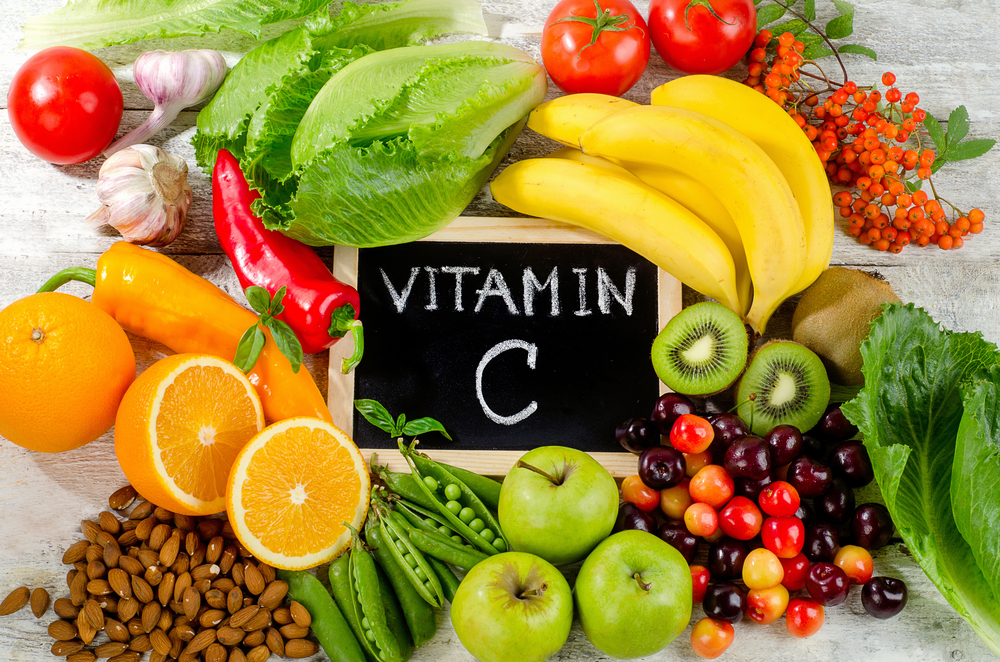Vitamin C is one of the important components of collagen protein, which builds connective tissues in the body. In addition, it is a crucial component of elastin protein, providing flexibility to fibers in the body. Therefore, vitamin C deficiency can lead to damage to blood vessels. It also serves as a significant antioxidant, combating unwanted substances that the body produces or receives from nutrition. It is vital for the efficient absorption of iron and participates in the creation of various nerve conductors in the nervous system.
Additionally, vitamin C contributes to the activation of numerous hormones essential for processes in the human body.
History:
Scurvy is a disease characterized by symptoms such as general weakness, skin and knee effusions, arm pain leading to paralysis, and the inability to stand.
Recommendations of Vitamin C:
- Women: 75 mg per day
- Men: 90 mg per day
Smokers: 40% more than the general population!
- Women: 110 mg per day
- Men: 125 mg per day
Meta-Analysis (a combination of several studies formulated together to provide statistically significant answers on a specific topic): According to a meta-analysis related to the connection between vitamin C and flu, the result showed no difference between people who took it regularly and those who did not—everyone got the flu.
But what does matter? People living in very cold areas and athletes had a positive influence on flu when they consumed vitamin C. Additionally, the duration of the flu was shorter for those who took vitamin C.
So what is the conclusion from the meta-analysis?
Vitamin C does not prevent colds in the general population, but it does have a positive impact on people engaging in strenuous physical activity and exposed to cold stress. Additionally, vitamin C is successful in reducing the duration of the illness and alleviating symptoms.
Dietary Sources:
- One orange provides approximately 80 mg.
- Three large strawberries provide 45 mg.
- One kiwi provides 50 mg.
- One tomato provides 20 mg.
And the star player is red bell pepper!
In one medium-sized red bell pepper, there are 230 mg of vitamin C!
That’s three times more than an orange, and almost three times the recommended average daily intake.
Half a bell pepper a day is enough to meet the recommended daily amount of vitamin C!


